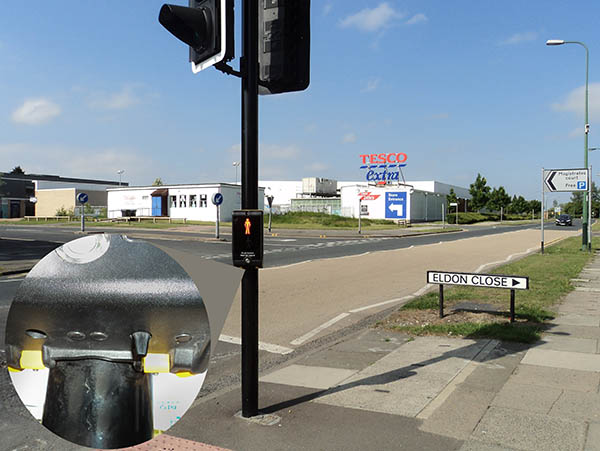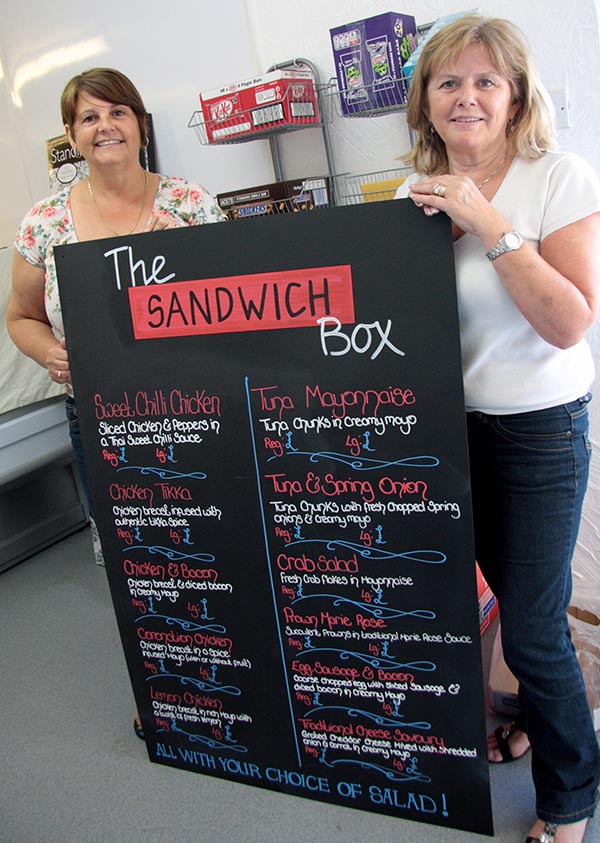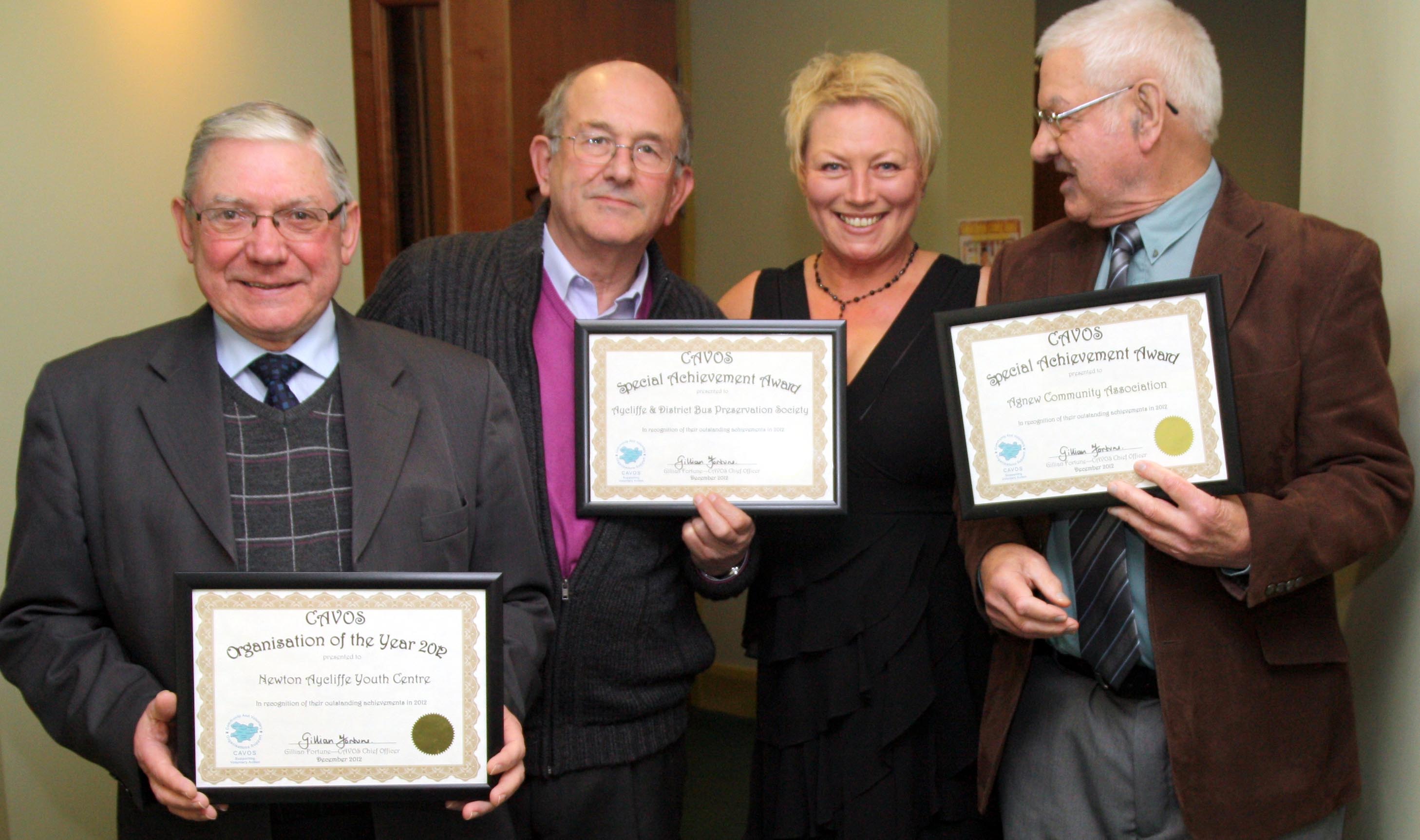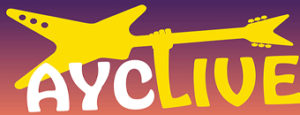Ever wondered what that little cone shaped nob does on the bottom of the pedestrian crossing box is for? Its cone shaped with tactile ridges on it and points downwards under the box.
Having used the new crossing on Central Avenue I was curious as to what this little device was for. I tried pushing it a few times but to no avail it appeared solid and served no purpose. Then as if by magic it started to rotate. At the same time a pedestrian on the opposite side of the road had pushed the button to cross. Intrigued, I decided to investigate a little further.
Its purpose is for people who can’t see or hear the crossing sequence.
Once you push the button to cross the road you can place your hand on the cone device. Once the lights go green to cross for pedestrians the cone will start spinning. This assists people with visual impairment the OK to cross. It is estimate there are 2.7 million people in the UK who suffer from colour blindness alone.
The device invented by Nottingham University offered the idea to the Department of Transport in the 1980’s. It was late 1989 the devices started to appear in our streets. Radix, the company behind the cones, says it has sold 10,0000 units per year since 1995.
Hugh Huddy is blind and works for the visual impairment charities umbrella group Vision 2020. He is pleased to see cones fitted to our pedestrian crossings but would not just walk into the road because of a spinning mechanism: “An important point to make is that I wait for the cone to start to rotate couple that with the traffic noise coming from the road in front of me” You can hear whether they are changing gear or slowing down.
The cone isn’t telling you its safe to cross, it’s telling you the green light is on for pedestrians. Some crossing make beeping noises, not all do. For instance if two crossing are close together they can confuse impaired people. Imagine one of the fire engines reversing in our station yard or a HGV reversing across the road in Tesco the reversing bleeper could give a false signal to cross The spinning cone is a great aid and a welcome tool for the visually impaired.
Try it out the next time you cross on Central Avenue by the Fire Station or Burn Lane Crossing next to Tesco.
Story and photo by Dave Stocks
Information provided by the Dept. of Transport & Royal National Institute for the Blind.










